The recent media focus on Caitlyn Jenner's coming-out as a trans woman seems to celebrate her conformity to binary gender standards, with her serving as the doe-eyed cover girl for a major magazine. Indeed, the former Olympian strikes a provocative (and stunning) pose in a white bustier that leaves little to the imagination as to whether Jenner has undergone any gender-affirming surgeries.
But that media spotlight has illuminated some existing tensions among and between trans and intersex communities. As transgender civil rights have progressed and positive media attention increased in the past year, so have concerns about scarcity of coverage for the differing issues of each community.
In academic terms, this is known as the "scarcity myth." It's predicated on the belief that there is a finite amount of attention available for certain marginalized communities -- pressuring any such coverage to be reflective of the entire community. This myth -- and make no mistake, it is a myth -- can encourage a dangerously divisive competition for resources in the wider LGBTQIA community.
Such division and mutually hostile suspicion prevent the kind of collective critical mass we need to disseminate positive social images and thus effect change for all nonbinary people. It also contributes to the common misperception in some LGB circles that gender-variant people are unstable, only siphoning energy and resources from LGB organizations rather than contributing to wider LGBTQIA community.
Inflamed tensions between the trans and intersex communities are even more deeply rooted in the common misconceptions that intersex and trans people often have about each other, well-detailed by intersex scholar Cary Gabriel Costello, Ph.D.
Specifically, the celebration of a particular type of gender-affirming surgery as liberating, brave, and beautiful (as Jenner's Vanity Fair cover suggests) can be triggering and even offensive to many intersex people. In many cases, intersex advocates are fighting for the right to not be involuntarily subjected to surgeries many trans people find medically necessary to live authentically.
Some intersex conditions are visible at birth, which can lead to the horror of infants or children enduring genital surgery to make them "conform" to binary standards of gender. So opposing involuntary gender-assignment surgeries is central to the intersex awareness and advocacy movement.
By contrast, the common but mistaken assumption that all transgender people actively seek out similar surgeries as gender-affirming treatment has been promoted to oppose "transgenderism," as if it were a choice or a social movement. Late last month, The Wall Street Journal ran an op-ed boldly claiming that "transgender surgery isn't the solution" to "underlying psycho-social troubles."
Of course, the last time I checked, there was no surgery that can make someone transgender. Like being intersex, it's an identity that an individual holds, regardless of whether they have, do not have, or even desire any kind of medical intervention.
Indeed, those eager to boil down the arguments falsely claim that all trans people are demanding as a right the very surgeries that some intersex people experienced as involuntary mutilation in infancy. This fosters a false impression that trans* people and intersex people are polar opposites, seeking completely different things.
In brief, this is the false dichotomy we wrongly assume to be true: Intersex people seek the right not to have genital surgeries forced upon us, as many of us consider such procedures, done against our will, to be genital mutilation. Meanwhile, this erroneous logic asks us to believe that trans* people are universally seeking the right to undergo similar surgeries voluntarily.
How could we possibly work together on such opposing ends? Why would we even want to try?
This assumption that we are completely at odds with each other flattens both trans* and intersex experiences into a "single story," which easily becomes a dangerously reductive narrative.
We must remember that in the wide diversity of trans* identities -- which includes people who are agender, gender-fluid, genderqueer, nonbinary, and androgynous -- not everyone wishes to alter themselves surgically. I've seen this truth borne out among my own acquaintances, and in some of the trans women pioneers of the LGBT movement profiled in the 2009 documentary Diagnosing Difference.
It's also crucial to remember that 80 percent of intersex people don't transition from one gender to another, according to a new comprehensive book by scholar Megan DeFranza. In fact, those intersex individuals who do legally or socially transition from the gender they were assigned at birth may not even identify as transgender.
That's right: the vast majority of intersex people are not trans. Likewise, many trans people do not have any official intersex medical diagnosis. Though some, like myself, may find late in life, even after beginning transition, that their lifelong dysphoria actually does have its roots in one or more previously undiagnosed intersex conditions.
Human compassion and understanding are not finite resources in some kind of winner-take-all contest to be won by the cause deemed most worthy. Instead of focusing on our real and alleged differences, we should work together (allies included) to build compassionate community where we currently have competition and conflict. Collaboration, rather than mutual antagonism, is undoubtedly more likely to advance equality for our nonbinary identities generally, especially within the LGB organizations and community where some of us hope to find resources and acceptance.
So despite the celebration of certain individuals who seem to adhere to mainstream, cisnormative standards of beauty and gender expression -- like Jenner at this moment -- genuine fellowship across the diversity of nonbinary gender and sexual identities still eludes us.
But even when our sense of community is fractured, there are many individuals across the spectrum working together for positive change -- without needing to qualify our identities to each other. Those activists profiled in the 2012 documentary Intersexion, and the intersectional work of Transfaith's Interfaith Working Group attest to that truth.
There is little to lose and much to gain if we simply trust each other's self-identification instead of demanding medical, surgical, or cosmetic credentials to "validate" our self-proclaimed truth. We can begin to heal our collective trauma -- of which there is much -- by seeking compassion and community instead of competition and judgment; love instead of hate.
Our common humanity beckons us to keep trying to support one another, to treat each other with more compassion, and to advocate for one another in spite of our differences. That is our charge, despite sometimes being vilified by the very communities for and with whom we hope to advocate.

H. ADAM ACKLEY, Ph.D., is a gay trans* man and single parent who now lives in Los Angeles but grew up in Ohio. Ackley is a writer, speaker, former college professor, and ordained minister in the historic Christian peace tradition. His personal advocacy focuses on intersections of faith, spirituality, mental health, and LGBTQ issues.


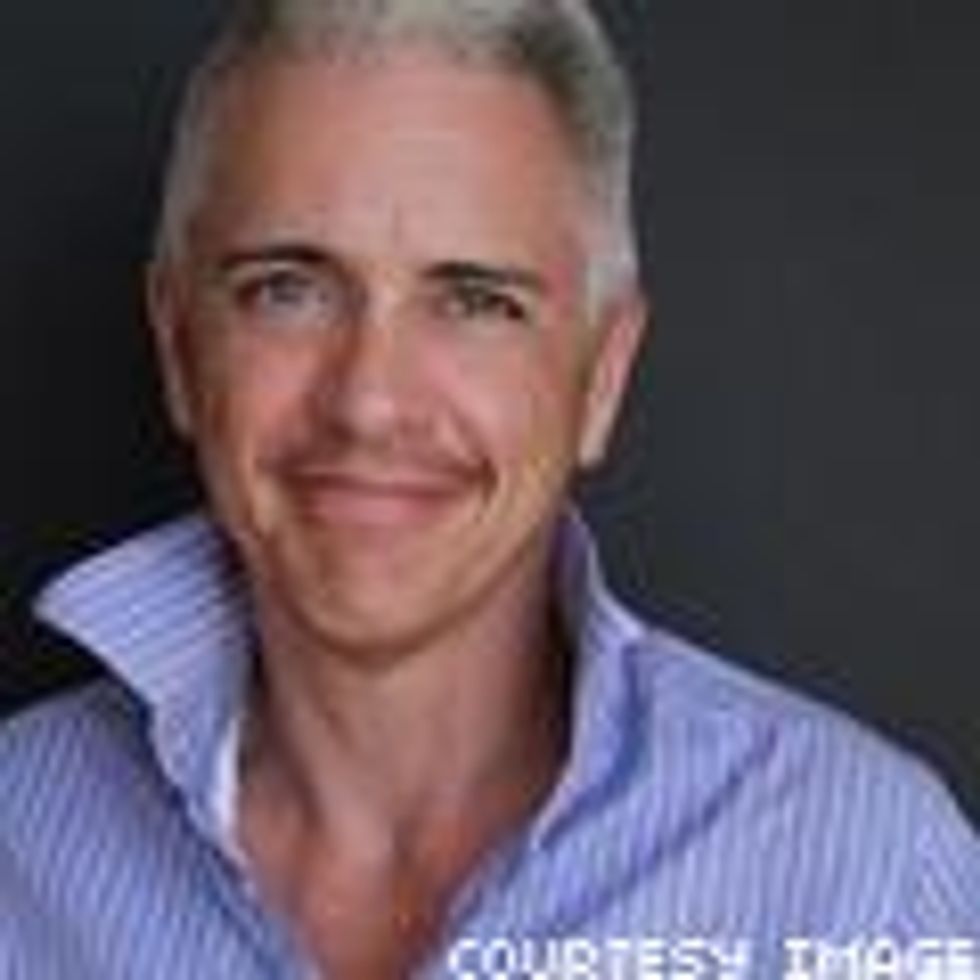








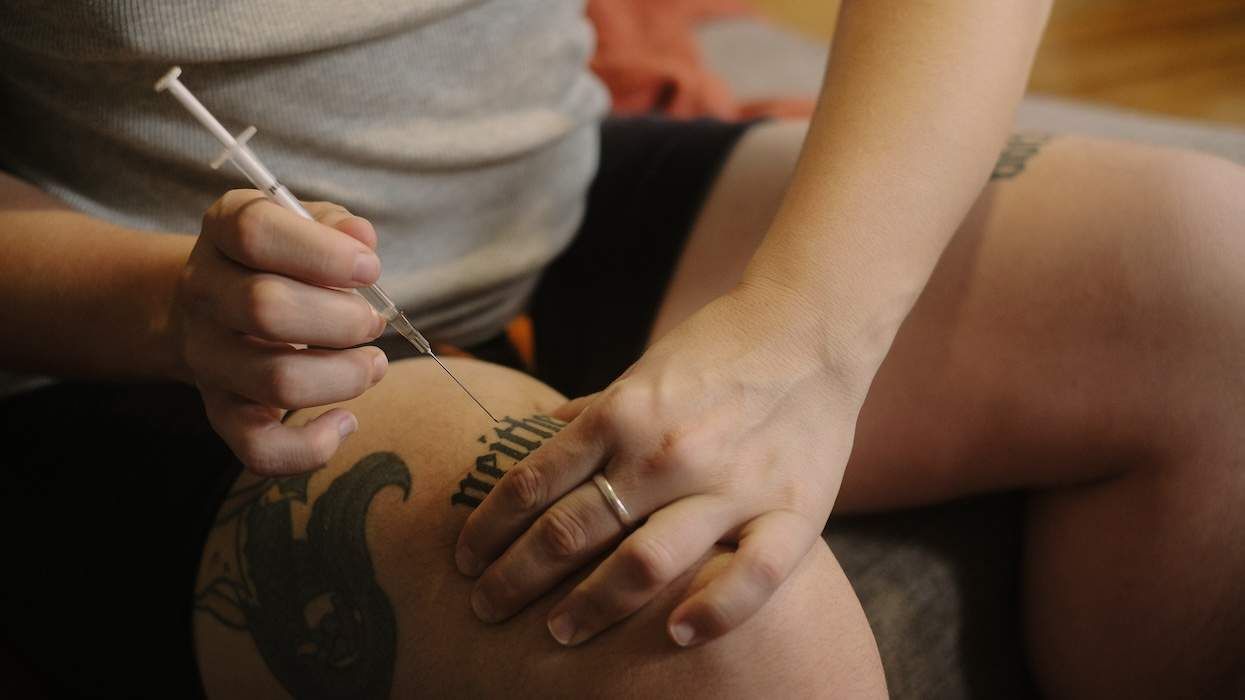
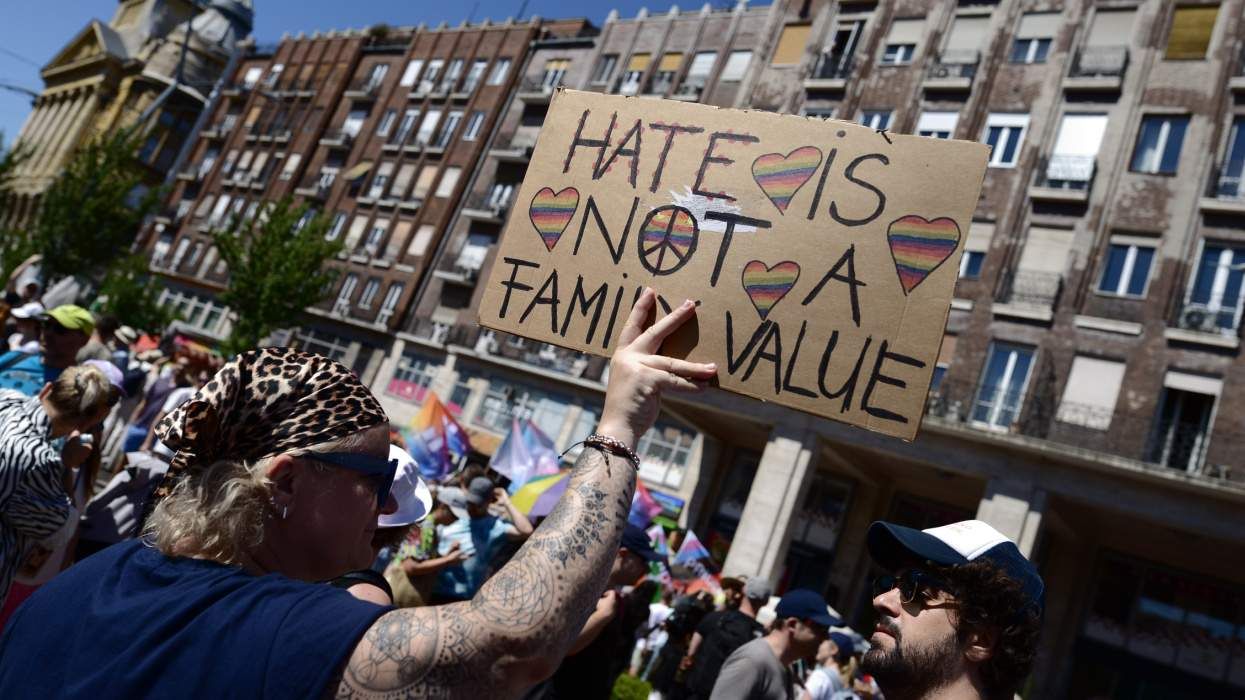
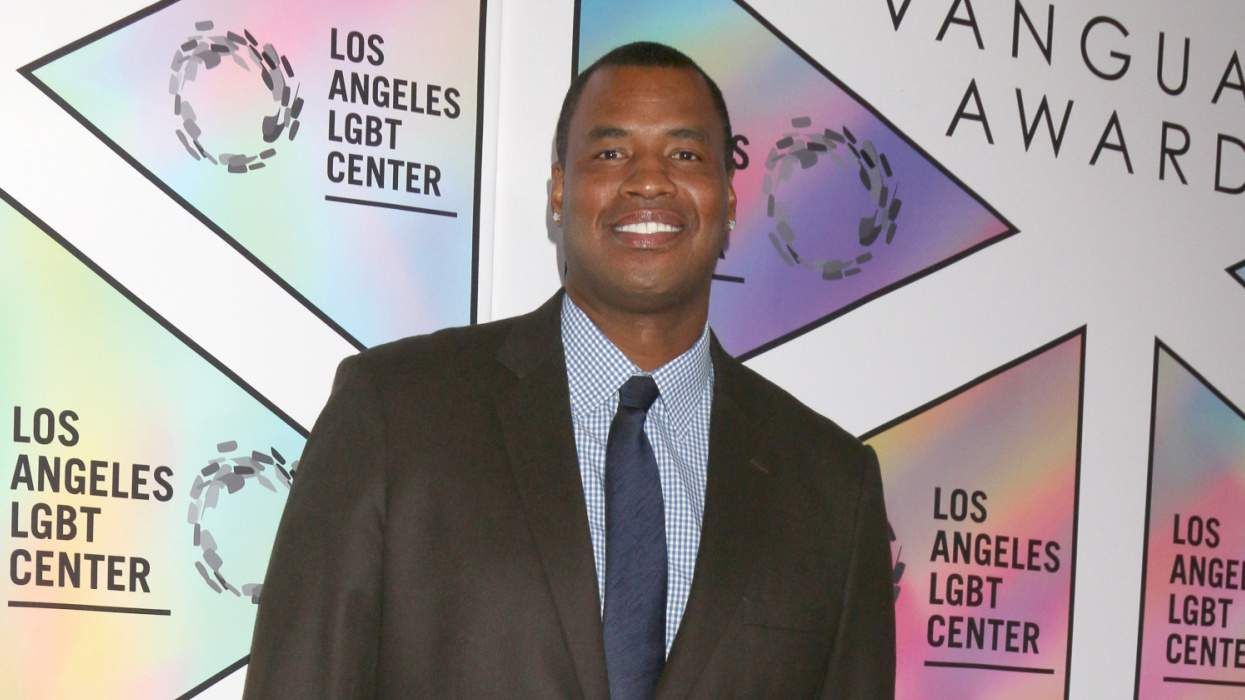
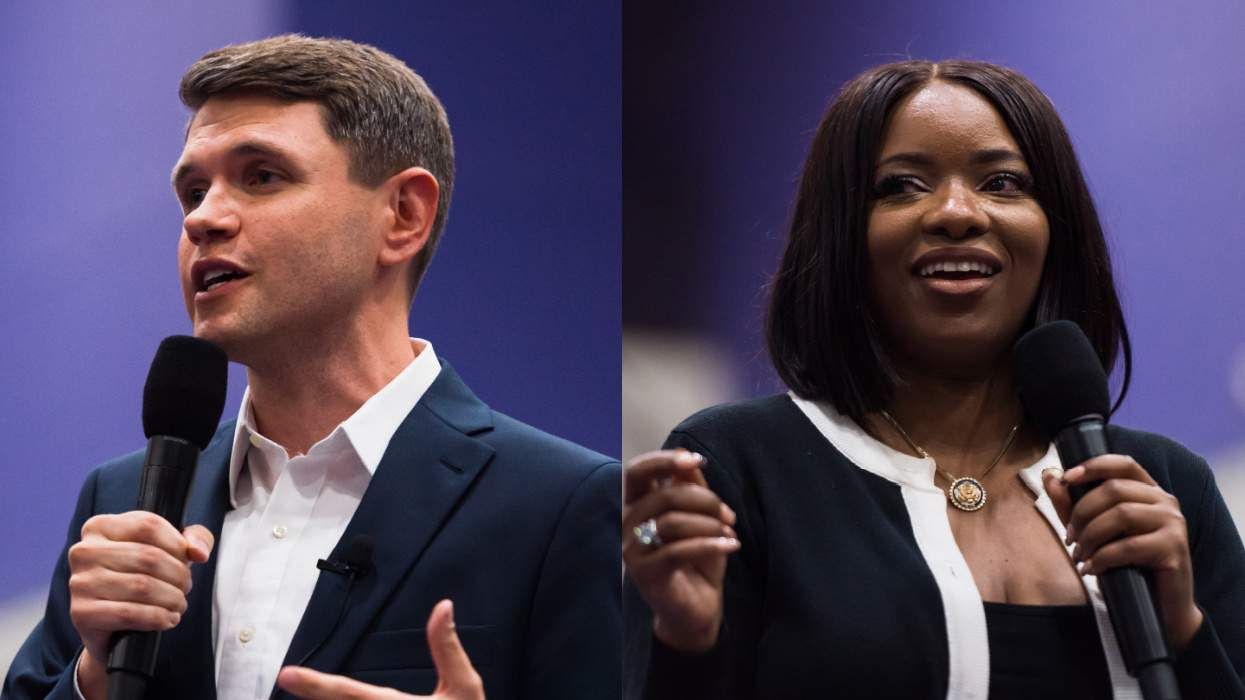
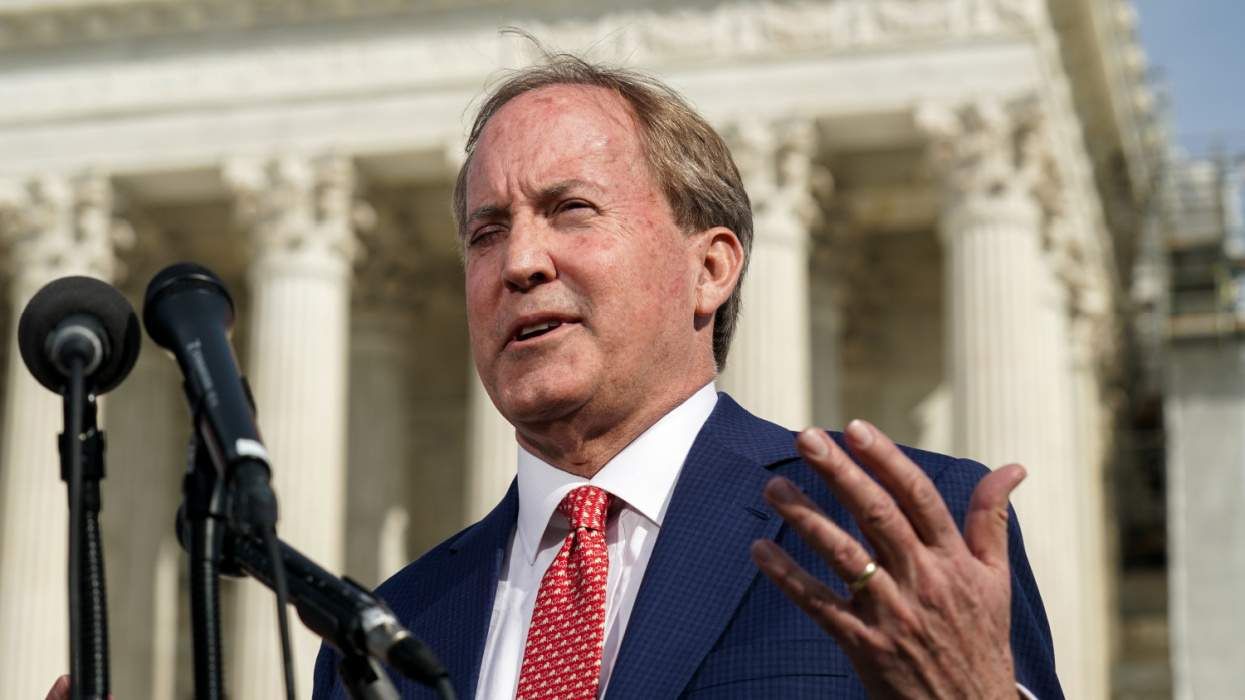

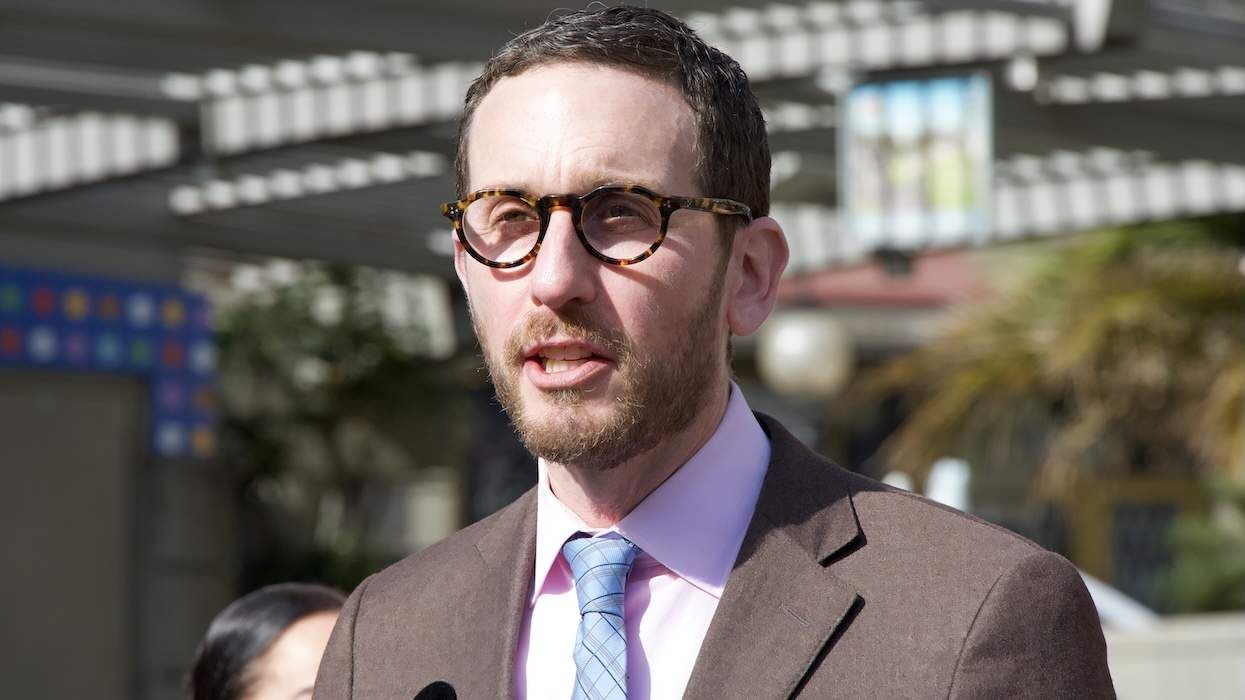
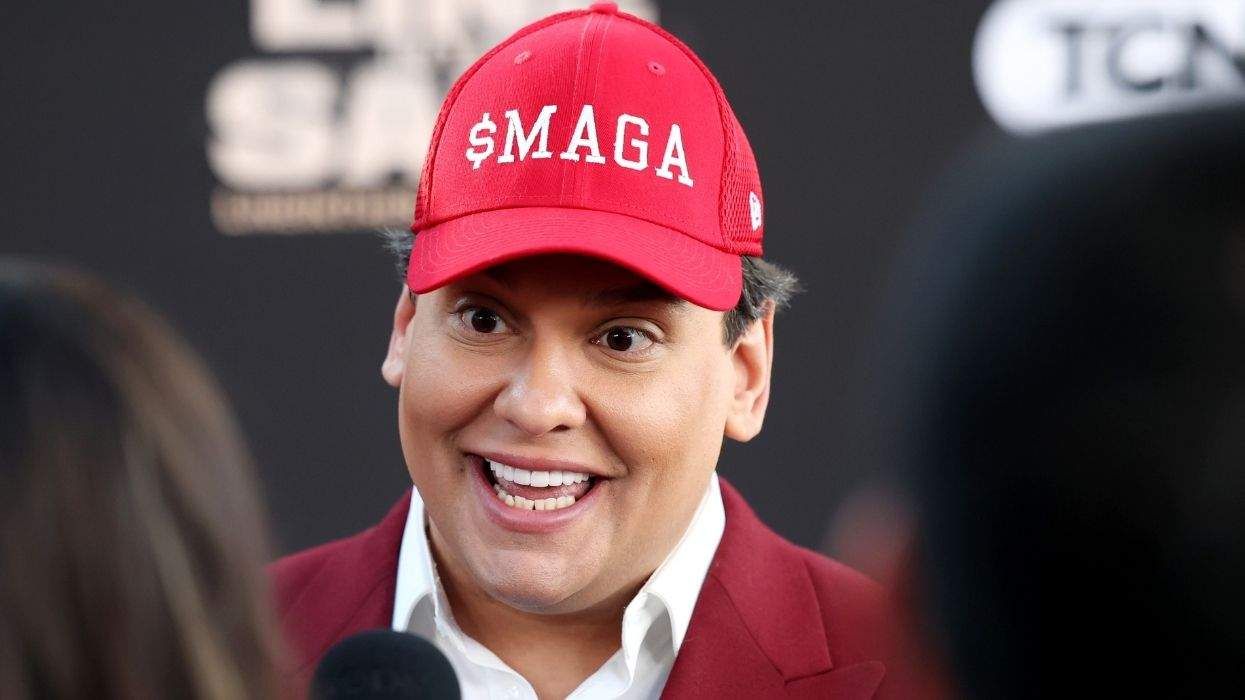
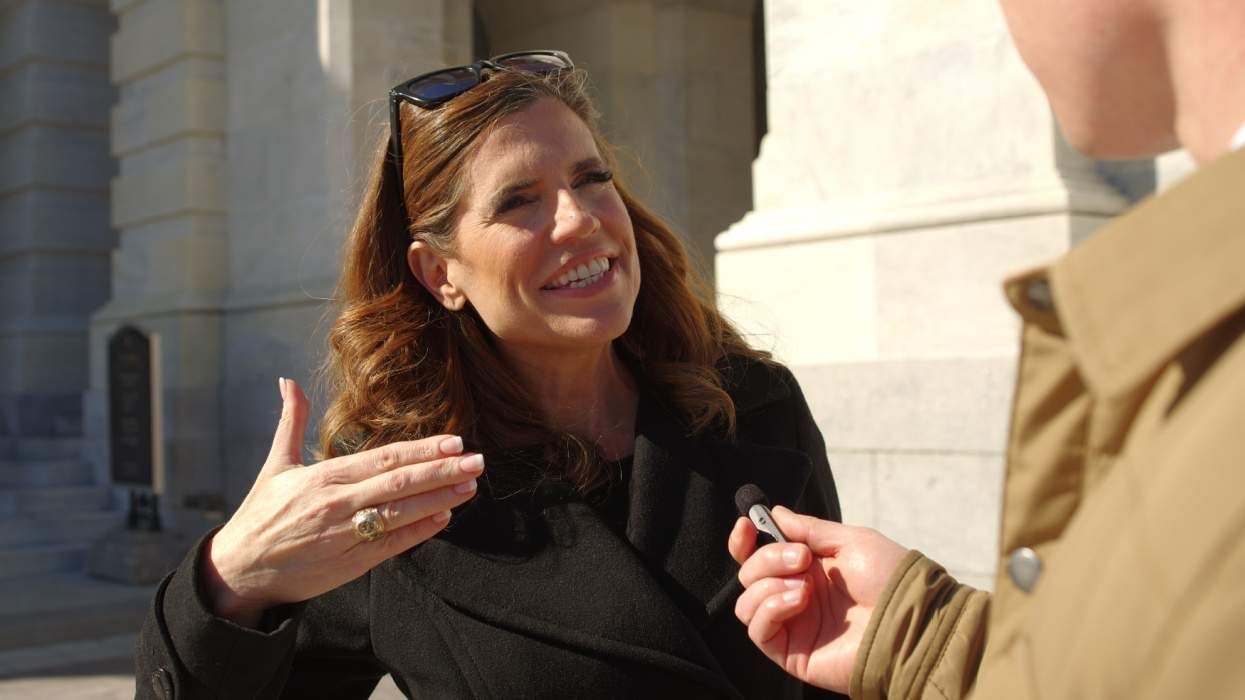
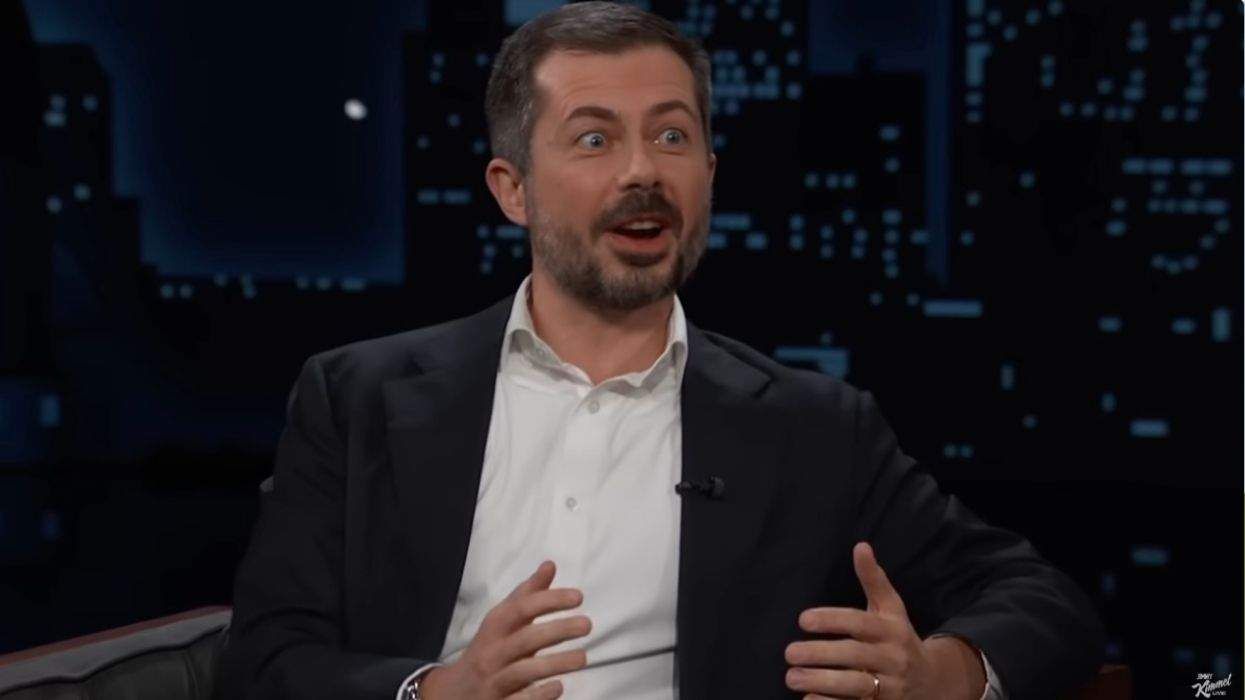
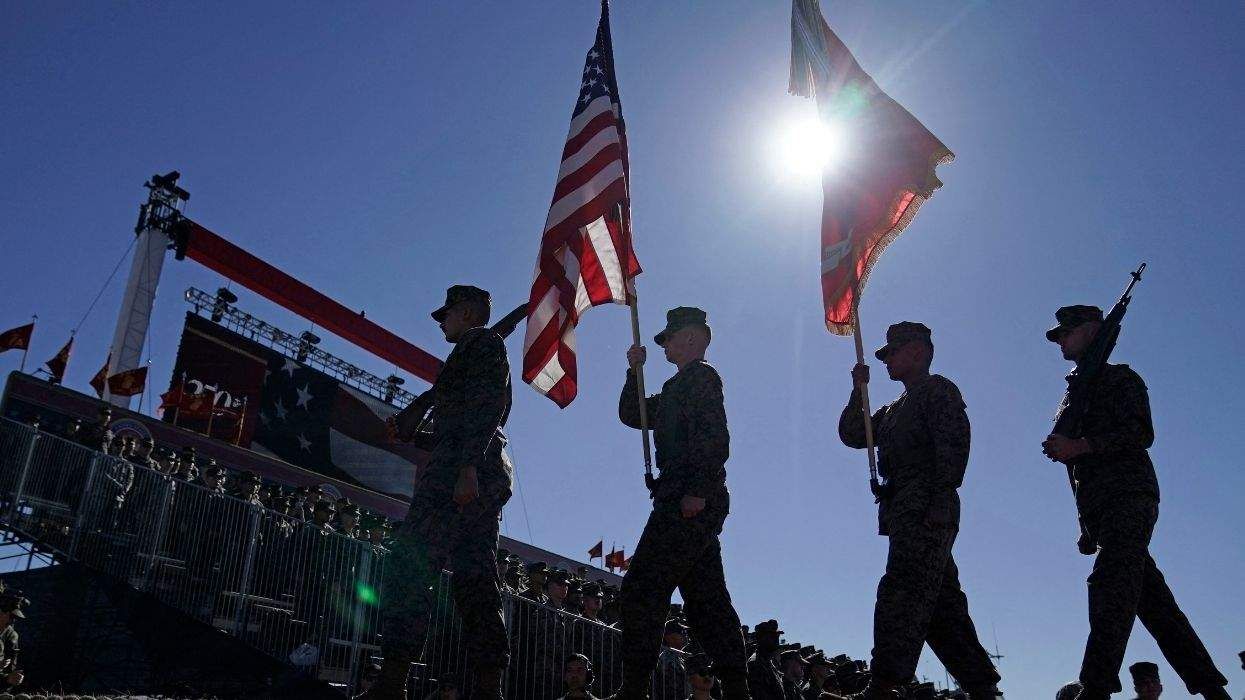

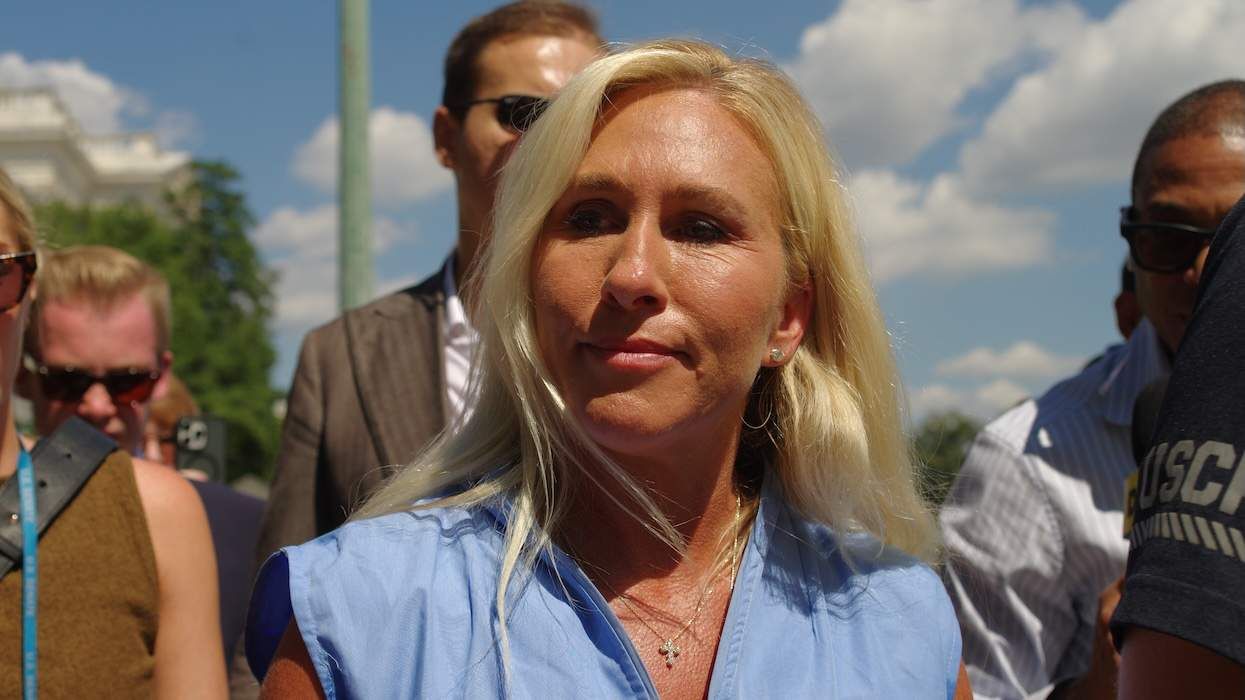
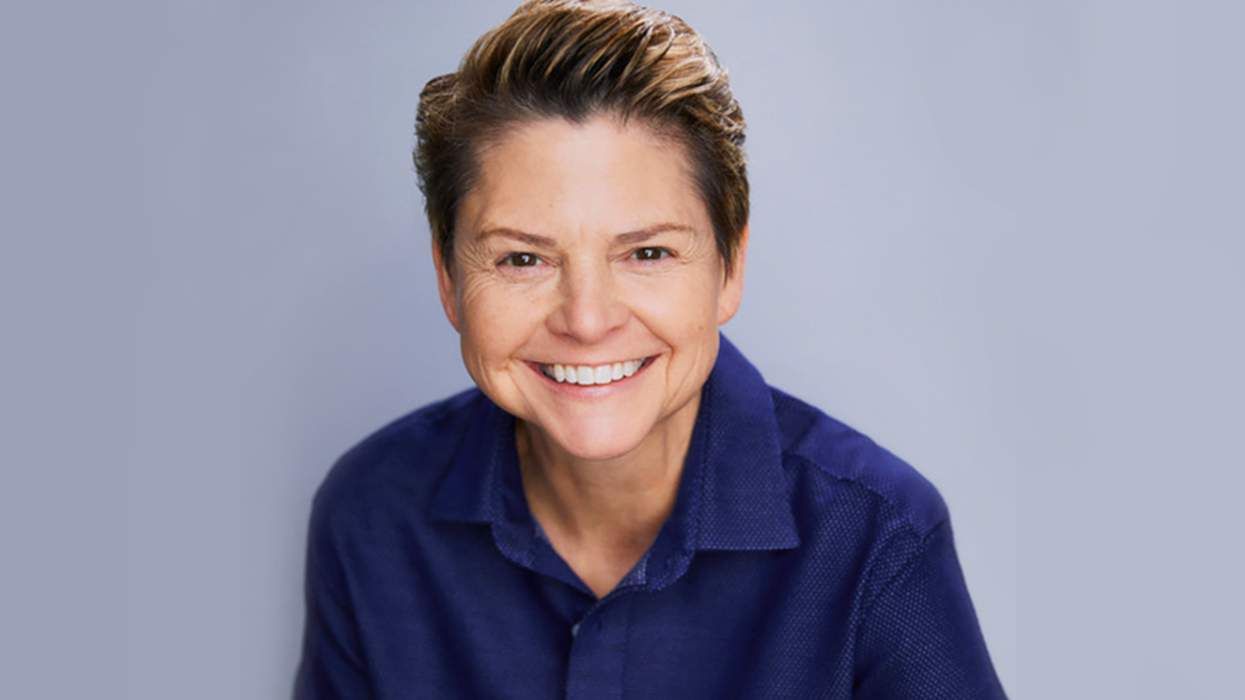
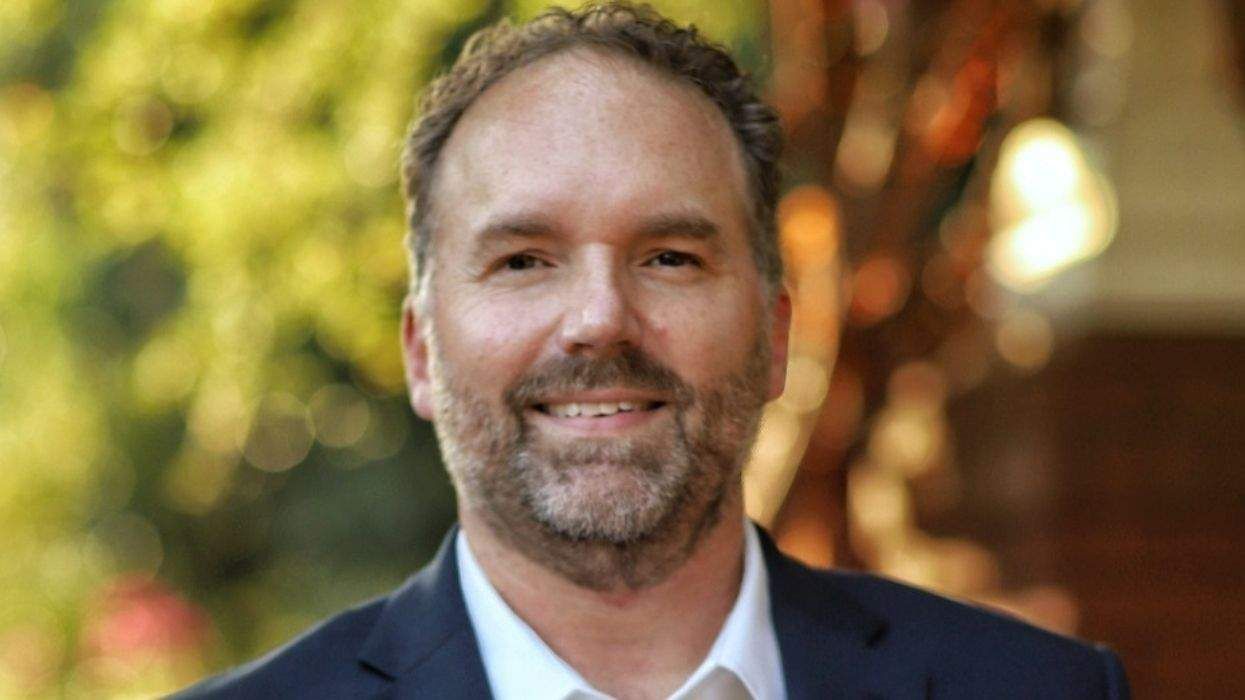
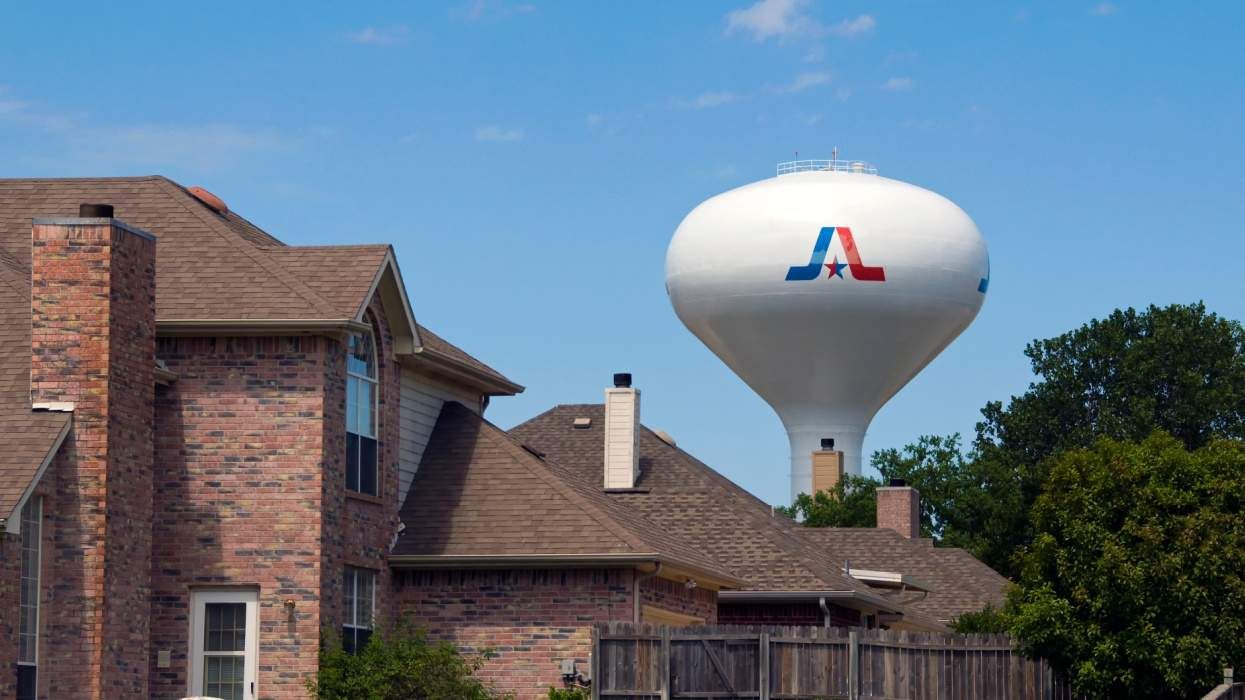
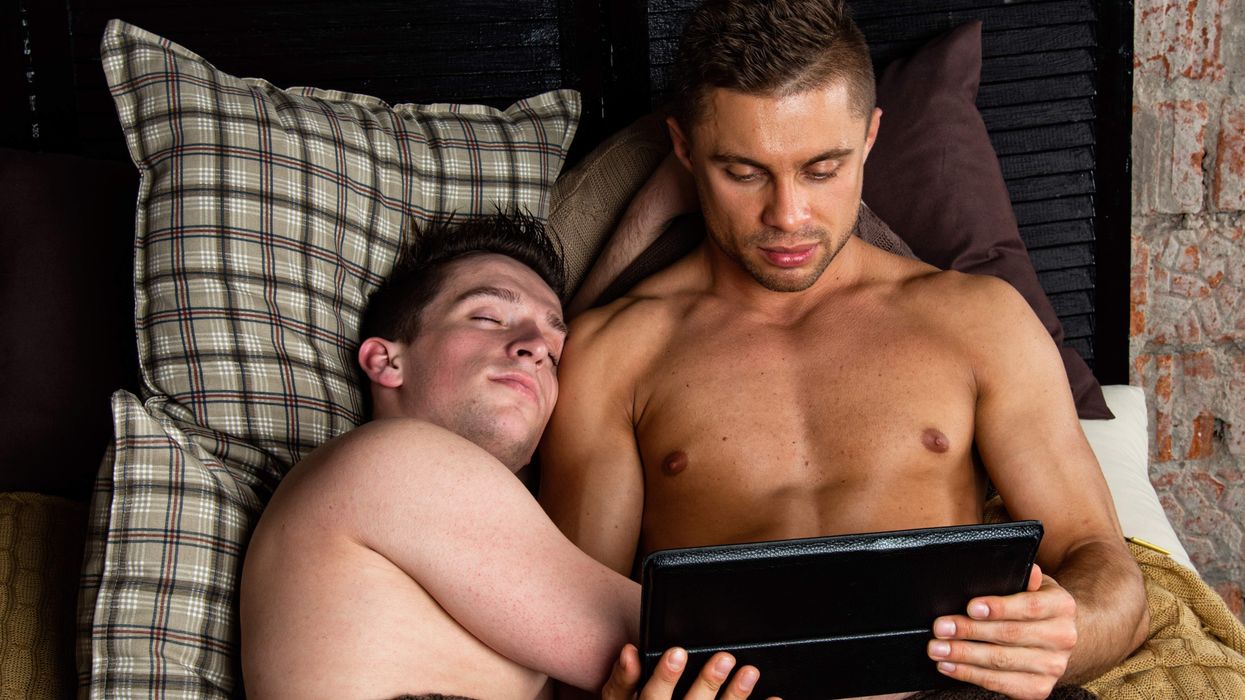






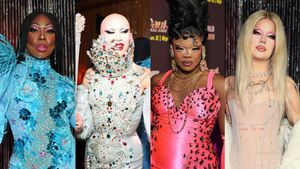



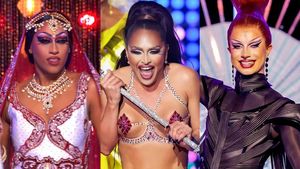







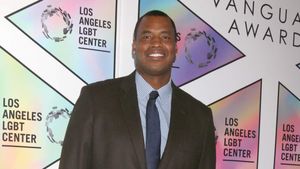







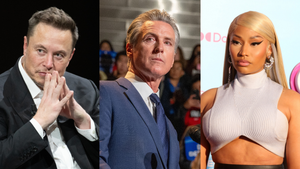


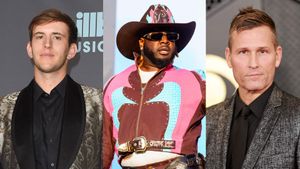











Charlie Kirk DID say stoning gay people was the 'perfect law' — and these other heinous quotes